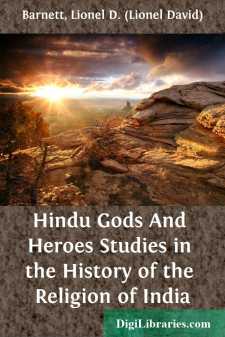Categories
- Antiques & Collectibles 13
- Architecture 36
- Art 48
- Bibles 22
- Biography & Autobiography 816
- Body, Mind & Spirit 145
- Business & Economics 28
- Children's Books 17
- Children's Fiction 14
- Computers 4
- Cooking 94
- Crafts & Hobbies 4
- Drama 346
- Education 58
- Family & Relationships 59
- Fiction 11834
- Foreign Language Study 3
- Games 19
- Gardening 17
- Health & Fitness 34
- History 1378
- House & Home 1
- Humor 147
- Juvenile Fiction 1873
- Juvenile Nonfiction 202
- Language Arts & Disciplines 89
- Law 16
- Literary Collections 686
- Literary Criticism 179
- Mathematics 13
- Medical 41
- Music 40
- Nature 179
- Non-Classifiable 1768
- Performing Arts 7
- Periodicals 1453
- Philosophy 66
- Photography 2
- Poetry 897
- Political Science 203
- Psychology 45
- Reference 154
- Religion 516
- Science 126
- Self-Help 85
- Social Science 82
- Sports & Recreation 34
- Study Aids 3
- Technology & Engineering 59
- Transportation 23
- Travel 463
- True Crime 29
Our website is made possible by displaying online advertisements to our visitors.
Please consider supporting us by disabling your ad blocker.
Hindu Gods And Heroes Studies in the History of the Religion of India
Categories:
Description:
Excerpt
THE VÃâDIC AGE
Let us imagine we are in a village of an Aryan tribe in the Eastern Panjab something more than thirty centuries ago. It is made up of a few large huts, round which cluster smaller ones, all of them rudely built, mostly of bamboo; in the other larger ones dwell the heads of families, while the smaller ones shelter their kinsfolk and followers, for this is a patriarchal world, and the housefather gives the law to his household. The people are mostly a comely folk, tall and clean-limbed, and rather fair of skin, with well-cut features and straight noses; but among them are not a few squat and ugly men and women, flat-nosed and nearly black in colour, who were once the free dwellers in this land, and now have become slaves or serfs to their Aryan conquerors. Around the village are fields where bullocks are dragging rough ploughs; and beyond these are woods and moors in which lurk wild men, and beyond these are the lands of other Aryan tribes. Life in the village is simple and rude, but not uneventful, for the village is part of a tribe, and tribes are constantly fighting with one another, as well as with the dark-skinned men who often try to drive back the Aryans, sometimes in small forays and sometimes in massed hordes. But the world in which the village is interested is a small one, and hardly extends beyond the bounds of the land where its tribe dwells. It knows something of the land of the Five Rivers, in one corner of which it lives, and something even of the lands to the north of it, and to the west as far as the mountains and deserts, where live men of its own kind and tongue; but beyond these limits it has no knowledge. Only a few bold spirits have travelled eastward across the high slope that divides the land of the Five Rivers from the strange and mysterious countries around the great rivers Gaá¹â¦gàand YamunÃÂ, the unknown land of deep forests and swarming dark-skinned men.
In the matter of religion these Aryans care a good deal about charms and spells, black and white magic, for preventing or curing all kinds of diseases or mishaps, for winning success in love and war and trade and husbandry, for bringing harm upon enemies or rivals—charms which a few centuries later will be dressed up in ṚigvÃâdic style, stuffed out with imitations of ṚigvÃâdic hymns, and published under the name of Atharva vÃâda, "the lore of the Atharvans," by wizards who claim to belong to the old priestly clans of Atharvan and Aá¹â¦giras. But we have not yet come so far, and as yet all that these people can tell us is a great deal about their black and white magic, in which they are hugely interested, and a fair amount about certain valiant men of olden times who are now worshipped by them as helpful spirits, and a little about some vague spirits who are in the sun and the air and the fire and other places, and are very high and great, but are not interesting at all.
This popular religion seems to be a hopeless one, without ideals and symbols of love and hope. Is there nothing better to be found in this place?...


